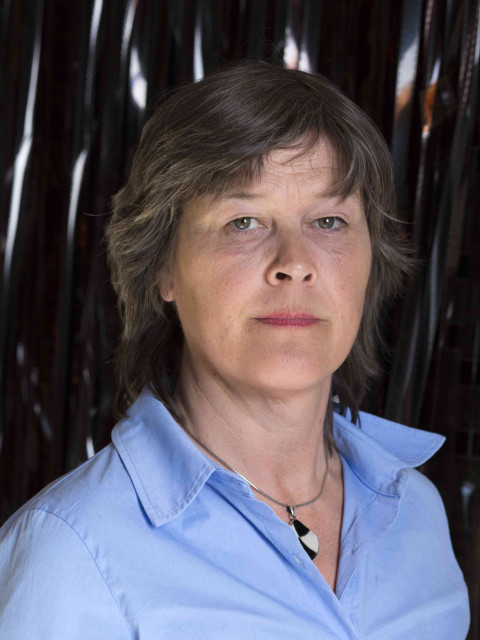In an empty theatre, eight women sit behind a banquet table laden with baroque platters of food and wine in crystal decanters. The diners are professional S&M workers, and each presents as a different stereotype; schoolgirl, princess, military general, latex-clad circus director and more. A cinematic tableau vivant, with compositional nods to the Last Supper, Peter Greenaway’s The Cook, the Thief, His Wife & Her Lover and Judy Chicago’s 1970s The Dinner Party.
While the camera pans steadily back and forth along the length of the table the women recount experiences of their profession: of the roles they play, the fetishes they serve and the fantasies they enact. The conversation unfolds seemingly uninterrupted (in reality it is 2 days of footage distilled into 75 minutes). We do not always see the speaker, and at times the camera moves beneath the table showing the characters’ shoes and legs, both reinforcing and complicating the stereotypes, and the inherent power dynamics of the stories told.
The women’s experiences are varied and eccentric, yet all are based on boundaries, between pleasure and pain, work and life, performance and authenticity. Kopfkino is a German term referring to the mental images we produce while we listen to stories, images we cannot easily control. In S&M these mental images are permitted to be played out as ordinary limits are pushed, and disbelief is suspended. There is, however, always a disjunction between the scenarios we play out in our heads, and the ones that occur in real life. In a catalogue text about the film, Sabeth Buchmann asks, is all sexuality in reality based on some form of kopfkino?
Rent this work for public screenings

